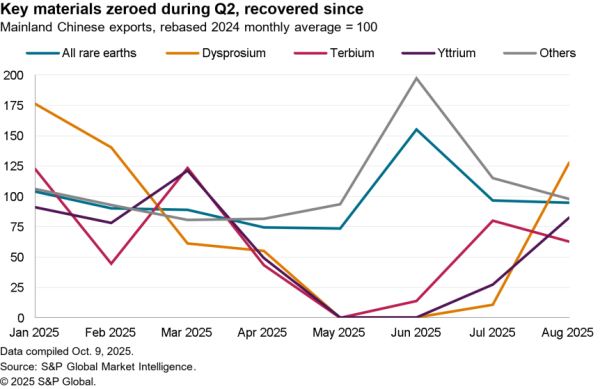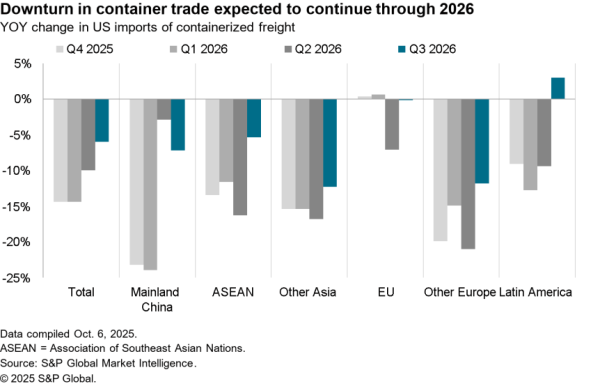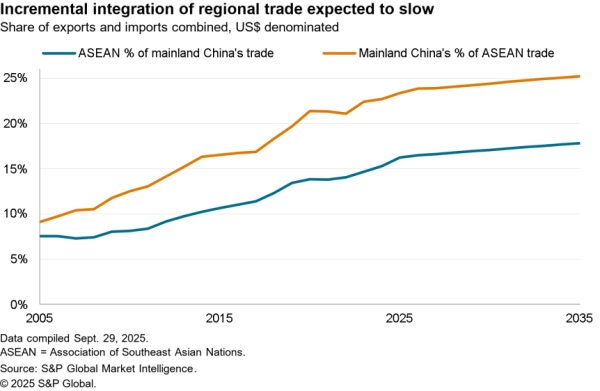Panjiva Research took part in a webinar on July 14 alongside Ari Tuchman, co-founder of Quantifind, and Matthew Funaiole, Senior Fellow at the Center for Strategic & International Studies which took a deep dive into the government policy aspects of supply chain security. A recording of the event is available here while this report addresses the results of three polls held during the event and addresses some of the questions asked.
Poll: What is the biggest challenge facing supply chain security right now?
The event opened with an audience poll asking: “what is the biggest challenge facing supply chain security right now?” The disruptions caused by the COVID-19 pandemic was the leading response with 50% of respondents citing it. That was followed by short-termism in corporate planning cited by 22.6% of the audience. As discussed in Panjiva’s research of July 15 the surge in logistics and supply chain costs as well as a shortage of components is leading firms to focus on pricing strategies and short-term mitigation tactics.

Source: Panjiva
Q: How much longer do you think we’re going to be facing the congestion in our ports, especially on the U.S. west coast?
Traffic levels for shipping into U.S. west coast ports remain elevated. Panjiva’s data shows that imports into California, Washington and Oregon rose by 18.5% year over year in June compared to a year earlier and by 16.7% compared to June 2019. Both marked a significant slowdown from a month earlier but are still remarkable rates of expansion compared to longer-term history.
Disruptions elsewhere in the world have the potential to distort port operations in the coming months. Most notable is the knock-on effect from the port closure at Yantian linked to a local outbreak of the COVID-19 pandemic. That resulted in a 37.2% month-on-month drop in shipments from the port into the U.S. west coast versus the prior three months. A return of those c94,000 TEUs is equivalent to 7.5% of traffic into the west coast.
Excluding Yantian there was a 23.1% year over year increase in shipments to the west coast versus a year earlier led by a surge in shipments from Taipei and Vung Tau of 106.7% and 90.7% respectively. With outbreaks spreading in other parts of Asia similar issues may emerge in the coming months.
At the same time there are significant inland challenges. Union Pacific has had to halt operations through its main rail line in Northern California due to the Dixie Fire. The railroad operator has also reportedly suspended operations at its U.S. West Coast – Chicago hub from July 18 due to “significant congestion at our inland intermodal terminals” according to ICIS. Canadian National has also reportedly had to suspend operations in some parts of British Columbia due to regional wildfires, Bloomberg.
The rail closures will have a further knock-on effect to west coast seaports which are already facing rail-related congestion. Earlier plans from Union Pacific to set up a “ pop up” rail terminal in southern California may only have temporarily helped reduce disruptions.

Source: Panjiva
Poll: What is the biggest risk to supply chain reputational risk currently?
From a longer-term perspective firms’ supply chain operations can also bring significant reputational risk. The audience was asked: “what is the biggest risk to supply chain reputational risk currently?“. The most popular answer, with 50.5% of the vote, were issues around “government or corporate corruption“.
That’s somewhat surprising given government action in North America and Europe has been focused on issues surrounding forced labor, which was cited by 29.3% of respondents. During the webinars speakers discussed forced labor issues in the apparel and renewable energy sectors. In the U.S. those sectors have experienced a mixture of Withhold Release Orders and additions to the Entity List of firms which require licenses to work with U.S. firms.

Source: Panjiva
Poll: What are the biggest supply chain related threats to national security
Zooming out from corporate activity, the third poll of the audience which asked: “what are the biggest supply chain related threats to national security?“. The most popular answer by far was “over-exposure to critical supplies from hostile states” with 69.8% of replies.
The hostile state challenge is at the heart of the Biden administration’s recently completed critical supply chain review which will spawn more detailed policies for strategic minerals, large capacity batteries, semiconductors and pharmaceutical ingredients. A wider review of strategic supply chains is also underway but may not yield results during 2021.

Source: Panjiva
Q: How does the fact that the US is not part of the CPTPP or RCEP trade deals impact on its position in global supply chains?
Aside from access to strategic products, leadership in large-scale trade deals allows countries to set the rules of the road for international economic relations over the longer-term. The decision by the Biden administration to not seek renewal of Trade Promotion Authority makes it unlikely that the U.S. will join either the CPTPP or RCEP in the foreseeable future.
The administration is instead reportedly pursuing a trade agreement in the Asia-Pacific region, focused specifically on digital trade matters such as data transfers and standards, Bloomberg reports.
From an economic perspective improving U.S. exports of services, particularly in intellectual property, telecoms and business services, may provide more leverage than joining goods-led deals that may require reciprocal measures that may hurt U.S. manufacturing.
The leverage of goods-led deals is also muted by the presence of deals with major export destinations already including USMCA, KORUS and the phase 1 trade deal with China – covering four of the five largest U.S. export destinations. Panjiva’s data shows that those four destinations alone accounted for 45.5% of U.S. exports in the 12 months to May 31 after growth of 8.8% year over year.
The aggregate value of goods exports to all other countries were worth $705.8 billions the 12 months to May 31. By contrast global U.S. exports of digital products were worth $357.3 billion after dipping 1.1% lower year over year, Panjiva’s analysis of official data shows.

Source: Panjiva




